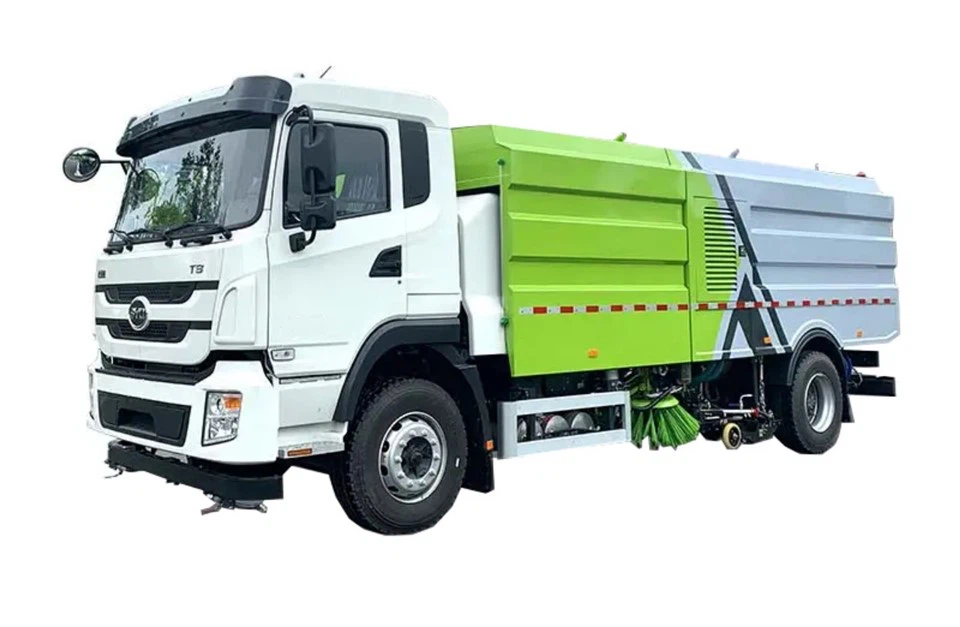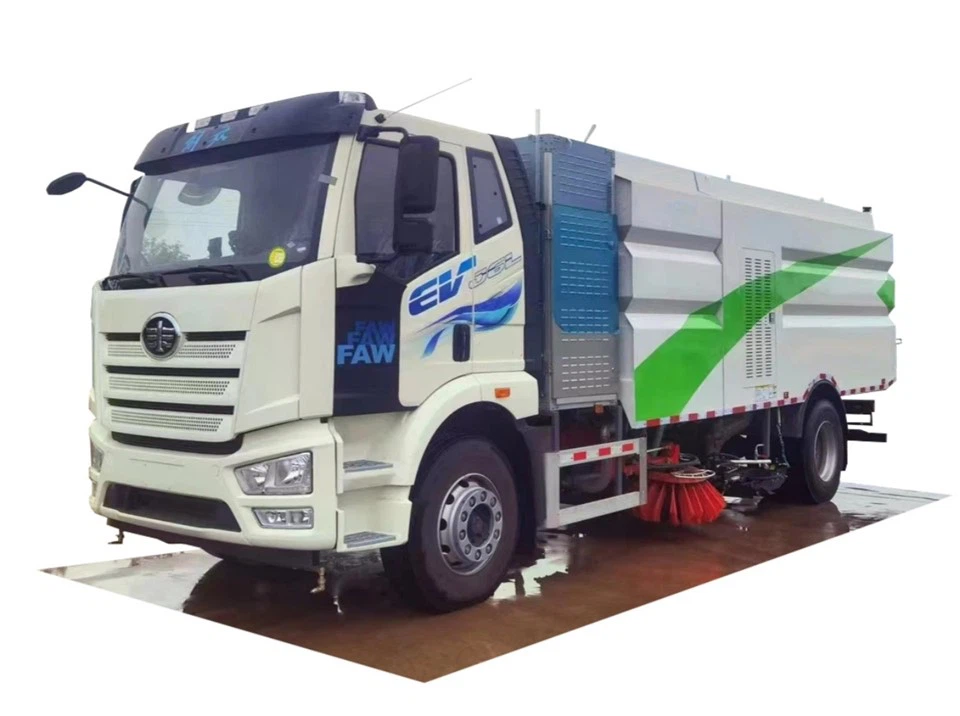How Many Gallons in a Tanker Truck: A Comprehensive Guide

Understanding how many gallons are in a tanker truck is crucial for various industries, including transportation, logistics, agriculture, and oil and gas. This detailed article delves deep into this topic, explaining the different types of tanker trucks, their capacities, practical applications, and much more.
An Overview of Tanker Trucks
Tanker trucks are specialized vehicles designed to transport liquids in bulk. The term “tanker truck” typically refers to a large truck equipped with a tank for transporting various liquids, including water, chemicals, fuel, and food-grade products.
Types of Tanker Trucks
There are several types of tanker trucks, and each serves a specific purpose. Here are the most common types:
1. Fuel Tanker Trucks
Used for transporting gasoline and diesel, these trucks often come equipped with multiple compartments to keep different fuel grades separate.
2. Water Tanker Trucks
These trucks are commonly used for construction sites, fire departments, and agricultural purposes. They are designed to carry large volumes of water.

3. Chemical Tanker Trucks
Specialized for hazardous materials, chemical tankers require special regulations and safety protocols due to the nature of the liquids they transport.
4. Food Grade Tanker Trucks
Used for transporting food products like milk or juice, these trucks adhere to strict health and safety standards to prevent contamination.
How Many Gallons Are in a Tanker Truck?
The capacity of a tanker truck can vary significantly based on its design and usage. On average, most tanker trucks can hold between 5,000 to 11,600 gallons of liquid.
Common Capacities of Different Tanker Trucks
| Tanker Type | Typical Capacity (Gallons) |
|---|---|
| Small Fuel Tanker | 5,000 – 6,000 |
| Standard Fuel Tanker | 7,000 – 11,600 |
| Water Tanker | 2,000 – 6,000 |
| Chemical Tanker | 5,000 – 10,000 |
| Food Grade Tanker | 6,000 – 8,000 |
Factors Influencing Tanker Truck Capacity
1. Design and Size
The physical dimensions and design of the tanker influence its capacity. A flat design typically allows for a larger volume compared to a rounded one.
2. Regulations and Size Restrictions
In many regions, there are laws governing the maximum allowable size and weight of tanker trucks, affecting how much liquid can be transported.
3. Type of Liquid Being Transported
Different liquids have different density and viscosity, which can also influence how much can safely be loaded into a tanker truck.
Practical Applications of Tanker Trucks
1. Fuel Distribution
Fuel tanker trucks play a vital role in ensuring fuel supply in remote areas and urban centers alike, allowing for timely delivery to gas stations.
2. Agricultural Use
Water tanker trucks are often employed in farms for irrigation purposes, ensuring efficient watering of crops.
3. Emergency Response
Fire departments utilize water tankers during emergencies, allowing for rapid response measures in firefighting efforts.

4. Chemical Transport
Industries rely on chemical tanker trucks to transport essential materials safely, following stringent regulations to ensure safety.
Cost Considerations for Transporting Gallons
The cost of transporting liquid using tanker trucks depends on a variety of factors:
1. Distance
The farther the distance, the higher the transportation costs. Fuel prices and truck maintenance also come into play.
2. Liquid Type
Transporting hazardous materials often incurs higher costs due to additional safety measures and compliance requirements.
3. Volume
Larger volumes can sometimes lead to discounts, but costs can vary based on supply and demand.
FAQs about Tanker Trucks and Their Capacities
1. What is the average capacity of a standard tanker truck?
The average capacity of a standard tanker truck ranges between 7,000 to 11,600 gallons, depending on its design and purpose.
2. Are all tanker trucks the same size?
No, tanker trucks come in various sizes and capacities designed for specific purposes, such as fuel, water, or chemicals.
3. What regulations govern tanker truck capacity?
Regulations can vary by region but often include size and weight restrictions to ensure road safety and compliance with environmental standards.
4. How is the capacity of a tanker truck calculated?
The capacity is generally calculated based on the tank’s volume, factoring in the shape and design, as well as the type of liquid being transported.
5. Can a tanker truck transport different types of liquids?
Some tanker trucks are designed with multiple compartments to transport different types of liquids, but it’s essential to follow safety protocols to prevent contamination.
6. What safety measures are necessary for transporting hazardous materials?
Transporting hazardous materials necessitates following strict regulations, including proper labeling, containment measures, and training for the drivers.

Conclusion
Understanding the capacity of tanker trucks helps industries optimize their logistics and ensure efficient transport of essential liquids. With a variety of truck types available, their applications span across multiple sectors, ensuring that crucial materials are transported safely and efficiently.
